Builders Waste Clearance in Commercial Waste Disposal
Understanding Builders Waste Clearance
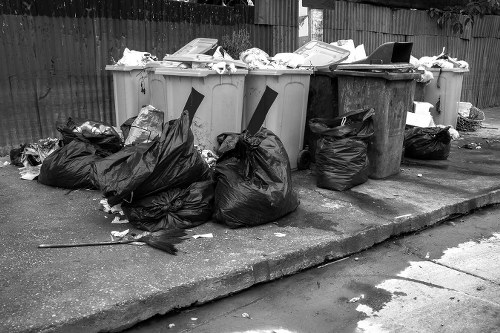
Builders waste clearance is a critical component of commercial waste disposal. It involves the removal and management of debris and materials generated from construction projects. Proper waste clearance ensures that construction sites remain safe, compliant with regulations, and environmentally responsible.
Effective builders waste clearance not only minimizes the environmental impact but also enhances the overall efficiency of construction projects. By systematically managing waste, businesses can reduce costs, streamline operations, and promote sustainability.
In the realm of commercial waste disposal, builders waste clearance plays a pivotal role. It encompasses the disposal of various materials, including concrete, wood, metals, and packaging, each requiring specific handling and processing methods.
Types of Builders Waste
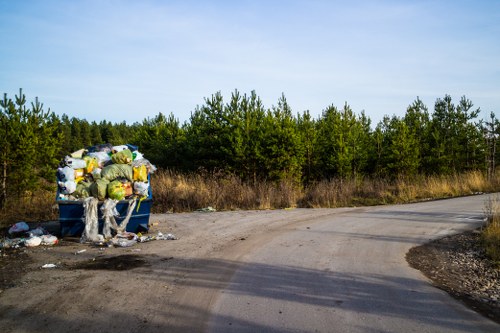
Builders waste can be categorized into several types, each with unique disposal requirements:
- Concrete and Masonry: Heavy materials that require specialized recycling processes.
- Wood: Can be recycled or repurposed, reducing the need for new lumber.
- Metals: Highly recyclable, contributing to resource conservation.
- Packaging Materials: Includes cardboard, plastics, and other materials that can be sorted and recycled.
Proper categorization of builders waste facilitates efficient disposal and recycling, ensuring compliance with environmental standards and reducing landfill usage.
Importance of Professional Waste Clearance Services
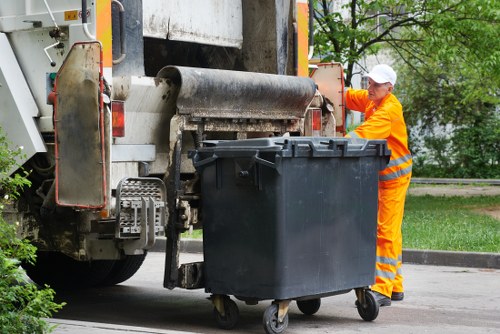
Engaging professional waste clearance services for builders waste provides numerous benefits:
- Compliance: Ensures adherence to local and national waste disposal regulations.
- Efficiency: Streamlines the waste removal process, saving time and resources.
- Environmental Responsibility: Promotes recycling and reduces the environmental footprint.
- Cost-Effective: Reduces potential fines and costs associated with improper waste disposal.
Professional services bring expertise and resources that are essential for managing large volumes of builders waste effectively.
Steps Involved in Builders Waste Clearance

The process of builders waste clearance involves several key steps:
- Assessment: Evaluating the type and volume of waste generated.
- Collection: Safely gathering waste materials from the construction site.
- Sorting: Separating recyclable materials from non-recyclable ones.
- Transportation: Moving waste to appropriate disposal or recycling facilities.
- Disposal: Ensuring that waste is disposed of in compliance with environmental regulations.
Each step requires careful planning and execution to ensure effective waste management.
Benefits of Efficient Waste Clearance

Implementing efficient builders waste clearance offers several advantages:
- Enhanced Site Safety: Reduces hazards associated with construction debris.
- Regulatory Compliance: Avoids legal issues related to improper waste disposal.
- Environmental Protection: Minimizes the impact on natural resources and ecosystems.
- Cost Savings: Lowers expenses through recycling and reduced landfill use.
- Improved Reputation: Demonstrates commitment to sustainable practices.
These benefits contribute to the overall success and sustainability of construction projects.
Choosing the Right Waste Clearance Partner
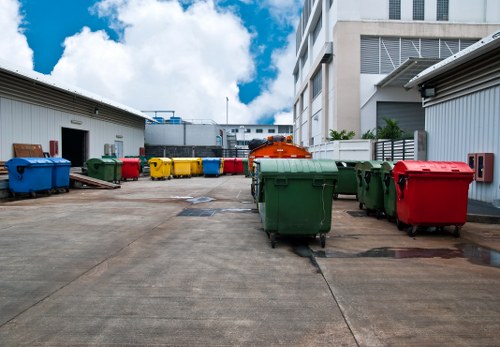
Selecting a reputable waste clearance service is crucial for effective commercial waste disposal. Key factors to consider include:
- Experience: Proven track record in managing builders waste.
- Licensing and Certification: Compliance with industry standards and regulations.
- Recycling Capabilities: Ability to sort and recycle various materials.
- Customer Support: Responsive and reliable service teams.
- Pricing: Transparent and competitive pricing structures.
Partnering with the right service ensures efficient and compliant waste management.
Implementing Sustainable Waste Practices
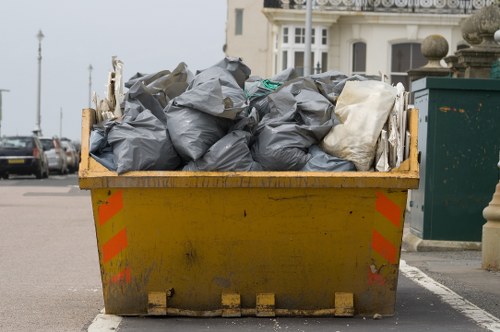
Adopting sustainable waste practices in builders waste clearance involves:
- Recycling: Maximizing the recovery of recyclable materials.
- Waste Reduction: Implementing strategies to minimize waste generation.
- Resource Recovery: Reusing materials whenever possible.
- Energy Recovery: Utilizing waste-to-energy technologies.
These practices not only benefit the environment but also enhance the efficiency and cost-effectiveness of waste management operations.
Regulatory Compliance in Waste Disposal
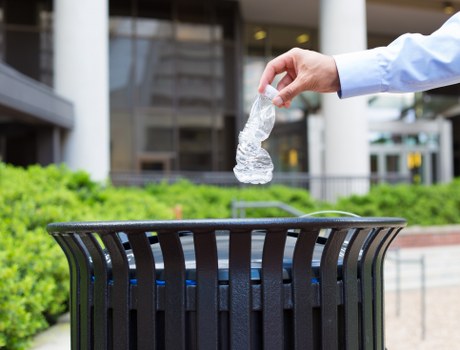
Compliance with waste disposal regulations is mandatory for all commercial entities. Key regulations include:
- Environmental Protection Laws: Governing the management and disposal of waste materials.
- Health and Safety Regulations: Ensuring the safety of workers and the public.
- Local Ordinances: Specific rules and guidelines set by municipalities.
Staying informed and adhering to these regulations is essential to avoid penalties and ensure responsible waste management.
Technological Advancements in Waste Disposal
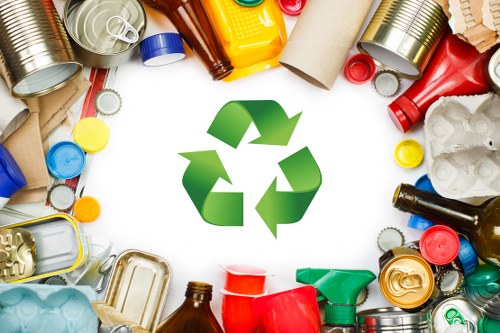
Innovations in technology have transformed builders waste clearance, offering:
- Automated Sorting: Enhancing the efficiency of material separation.
- Real-Time Tracking: Monitoring waste disposal processes for transparency.
- Advanced Recycling Techniques: Increasing the range of materials that can be recycled.
- Data Analytics: Optimizing waste management strategies through data-driven insights.
Embracing these technologies can significantly improve the effectiveness and sustainability of waste clearance operations.
Cost Considerations in Waste Disposal
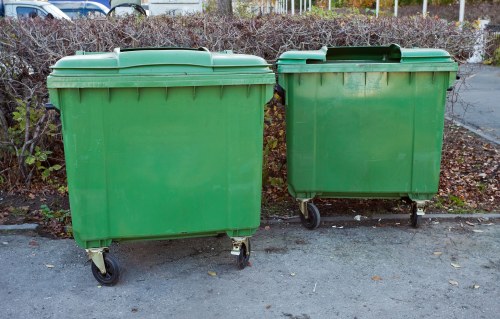
Managing costs associated with builders waste clearance involves:
- Efficient Planning: Reducing unnecessary waste generation.
- Recycling: Lowering disposal costs through material recovery.
- Bulk Services: Taking advantage of economies of scale.
- Flexible Contracts: Adapting services to project needs.
Strategic cost management ensures that waste disposal remains affordable without compromising on quality or compliance.
Future Trends in Builders Waste Clearance
[IMG_11]The future of builders waste clearance is poised for significant developments, including:
- Increased Recycling Rates: Advancements in recycling technologies will enhance material recovery.
- Circular Economy Models: Promoting the reuse and repurposing of materials.
- Smart Waste Management: Leveraging IoT and AI to optimize waste processes.
- Sustainable Practices: Greater emphasis on environmental stewardship in waste management.
Staying abreast of these trends ensures that businesses remain competitive and environmentally responsible.
Conclusion
[IMG_12]Builders waste clearance is an integral part of commercial waste disposal, contributing to environmental sustainability, regulatory compliance, and operational efficiency. By partnering with experienced waste clearance services and adopting sustainable practices, businesses can effectively manage construction debris, reduce costs, and promote a greener future.
Contact us today to learn more about our professional builders waste clearance services and how we can support your commercial waste disposal needs.